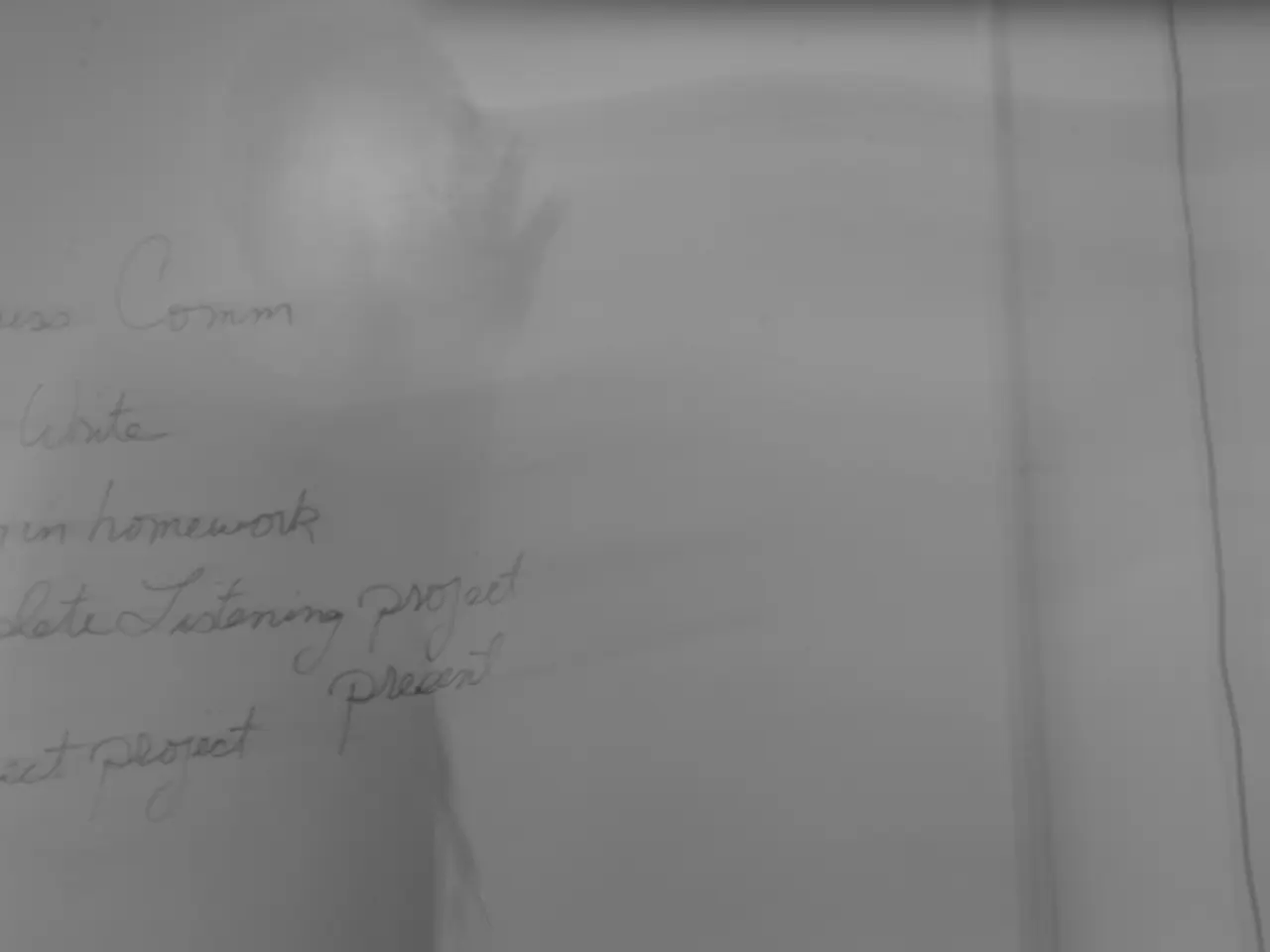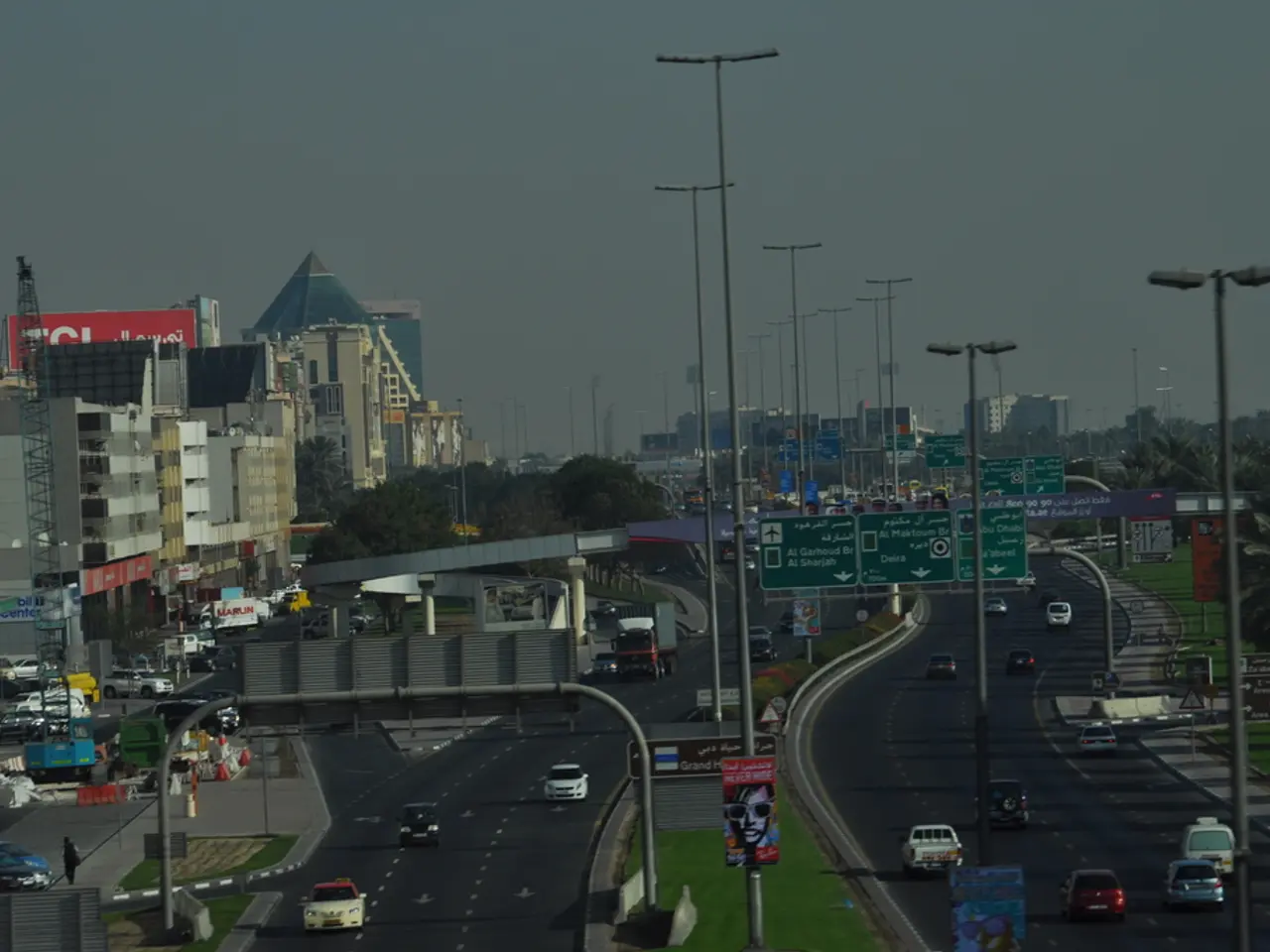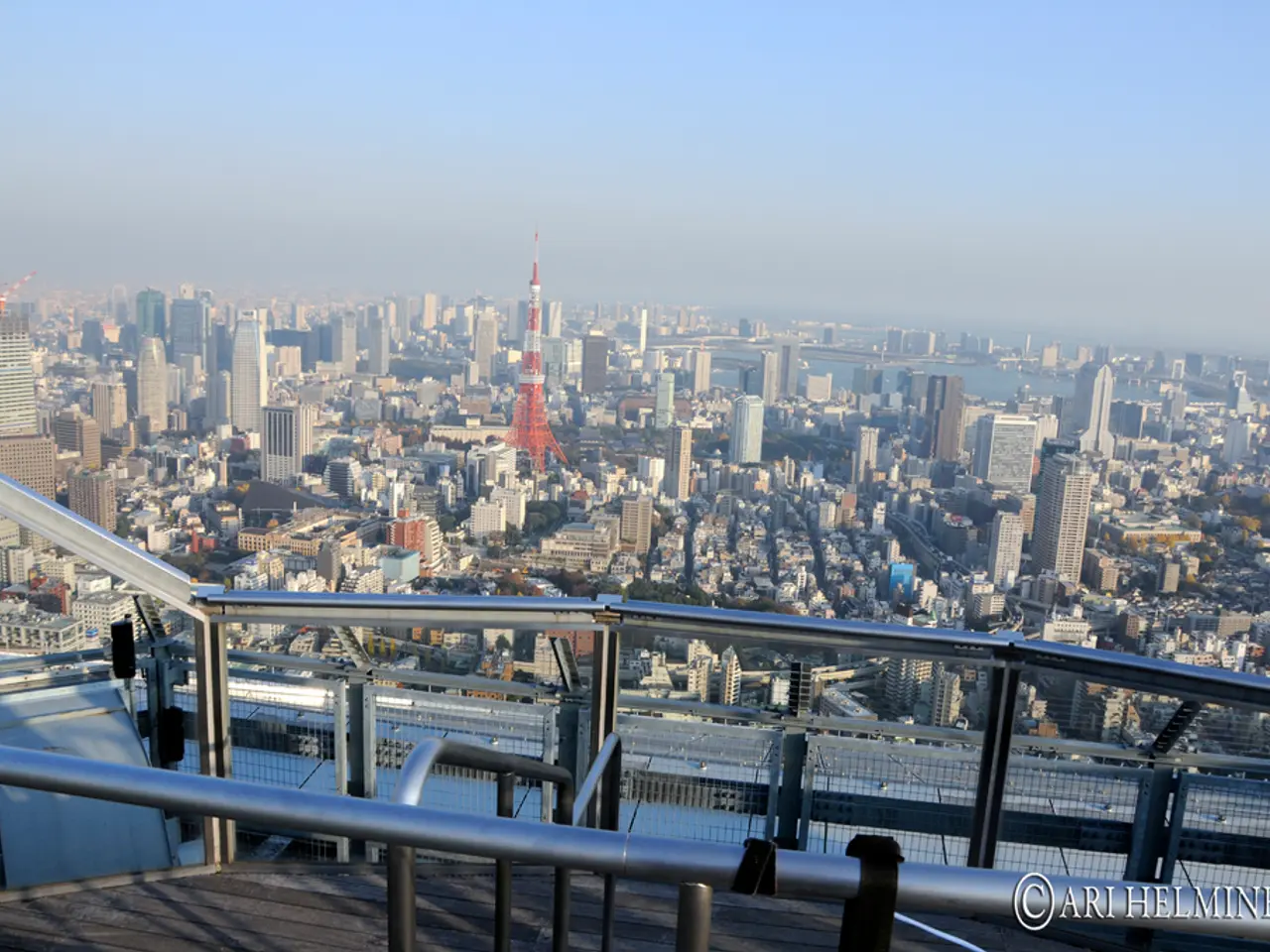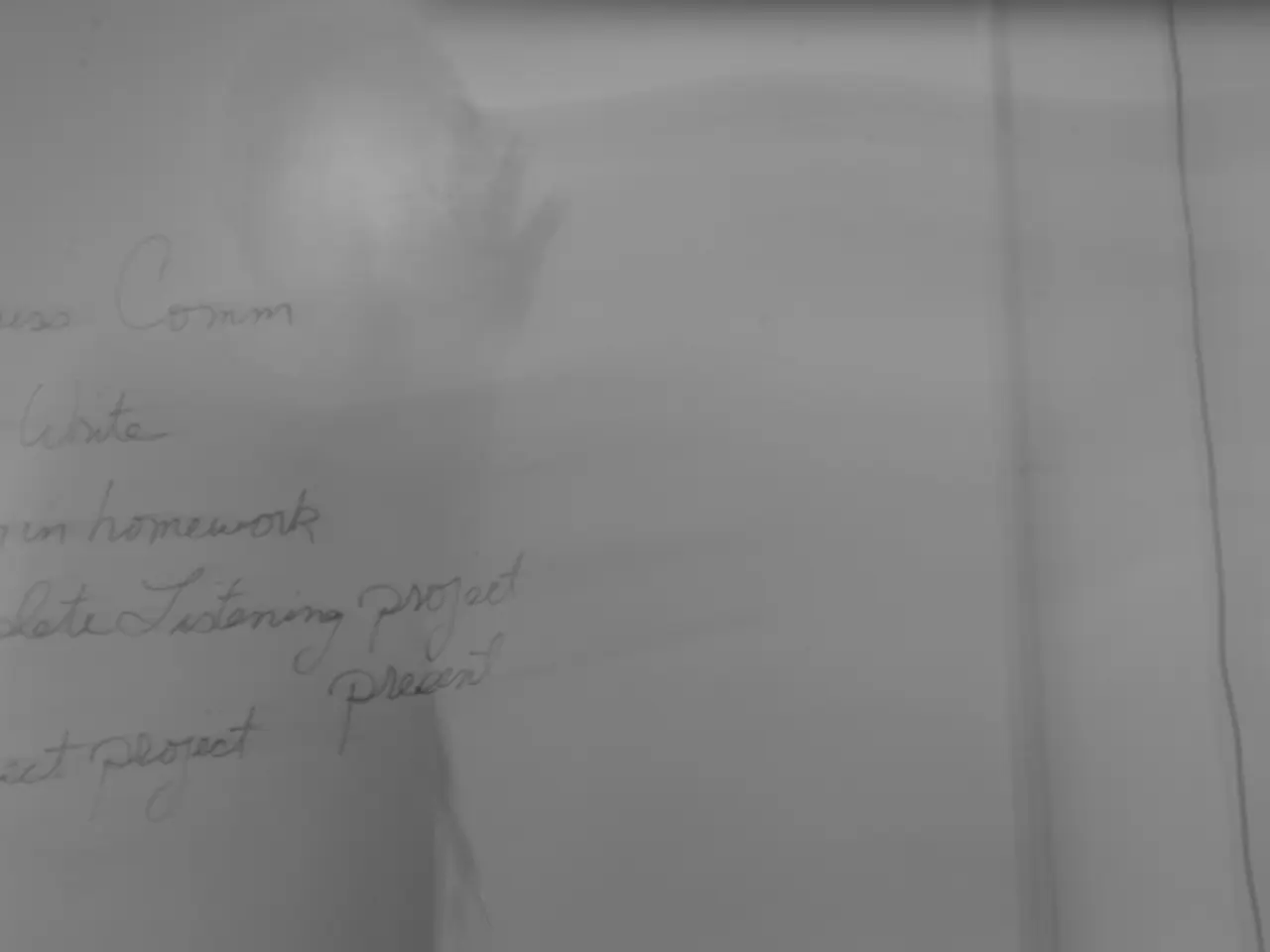RBI's Week-Long Auction to Suck Out Excess Liquidity
Reserve Bank of India drains INR 84,975 crores through Variable Rate Reverse Repo (VRRR) mechanism.
The Reserve Bank of India (RBI) has siphoned off a whopping Rs 84,975 crore from the banking system through its seven-day variable rate reverse repo (VRRR) auction. It accepted all the bids, with a cut-off yield of 5.49% and the weighted average rate at 5.45%, as per the RBI's statement.
The RBI's move, according to experts, aims to match short-term interest rates with the repo rate, as the latter currently sits at 5.5%. This action aims to keep the inter-bank call rate and tri-party rates near the Liquidity Adjustment Facility (LAF) corridor due to the abundance of liquidity in the system. On Friday, the inter-bank call rate ended at 5.38%, while the tri-party repo rate stood at 5.42%.
Banks' credit card portfolios might witness a turnaround, predicted HSBC. With the liquidity surplus predicted to hover around Rs 2-2.5 lakh crore in July, some surplus liquidity is expected in the banking system even after monthly government spending on pensions and salaries.
A treasury head from a private bank expressed that a mixture of month-end and quarter-end pressure, coupled with ongoing large IPOs, justified the auction's reasonable subscription amount of Rs 85,000 crore. He believed that the overnight market rates' impact was a bit more significant than anticipated, but the surge was partially due to the month-end pressure and ongoing IPOs.
This operation marks the RBI's first such move in seven months since it announced a seven-day VRRR amounting Rs 1 lakh crore on Tuesday, 28th June, to extract excess liquidity from the system. The excess liquidity had pushed call rates below the benchmark rates, diluting the RBI's monetary policy signals.
The RBI's decision to lower the Cash Reserve Ratio (CRR) by 100 basis points to 3%, announced during the June monetary policy meeting, will unlock Rs 2.5 lakh crore in liquidity and happen in four equal tranches starting from September 6. The RBI's record transfer of Rs 2.69 lakh crore to the government for FY25 will also flow into the system in tranches, bolstering the liquidity.
Market participants suspect that the RBI will continue with such auctions to keep short-term rates in line with the repo rate if the system maintains an excessive liquidity deposit.
Business & Finance News - Stock Market Quotes - India News - RBI - Share Market - banking & finance news - Our Website App
Insight:
The RBI's seven-day VRRR auctions function as a means of temporarily withdrawing surplus liquidity from the banking system, which has recently seen an unprecedented liquidity surplus of up to Rs 3.62 lakh crore in June 2025. The auctions assist the RBI in aligning short-term interest rates with the policy repo rate and maintain monetary policy effectiveness, helping control inflationary pressures and promoting financial stability. The seven-day tenor ensures that the liquidity absorption is short-term and flexible, accommodating changes in the economic environment.
- The excessive liquidity in the banking system, as a result of the unprecedented surplus seen recently, has led the Reserve Bank of India (RBI) to use seven-day Variable Rate Reverse Repo (VRRR) auctions to align short-term interest rates with the policy repo rate.
- The ongoing auctions by the RBI aim to maintain the inter-bank call rate and tri-party rates near the Liquidity Adjustment Facility (LAF) corridor, which will help control inflationary pressures and promote financial stability.
- Business and finance experts anticipate that the combination of a liquidity surplus and ongoing large Initial Public Offerings (IPOs) justifies the reasonable subscription amount of the RBI's auctions.
- As market participants suspect, the RBI's approach of conducting these auctions could continue if the system maintains an excessive liquidity deposit, with the goal of keeping short-term rates in line with the repo rate to ensure the effectiveness of monetary policy.





